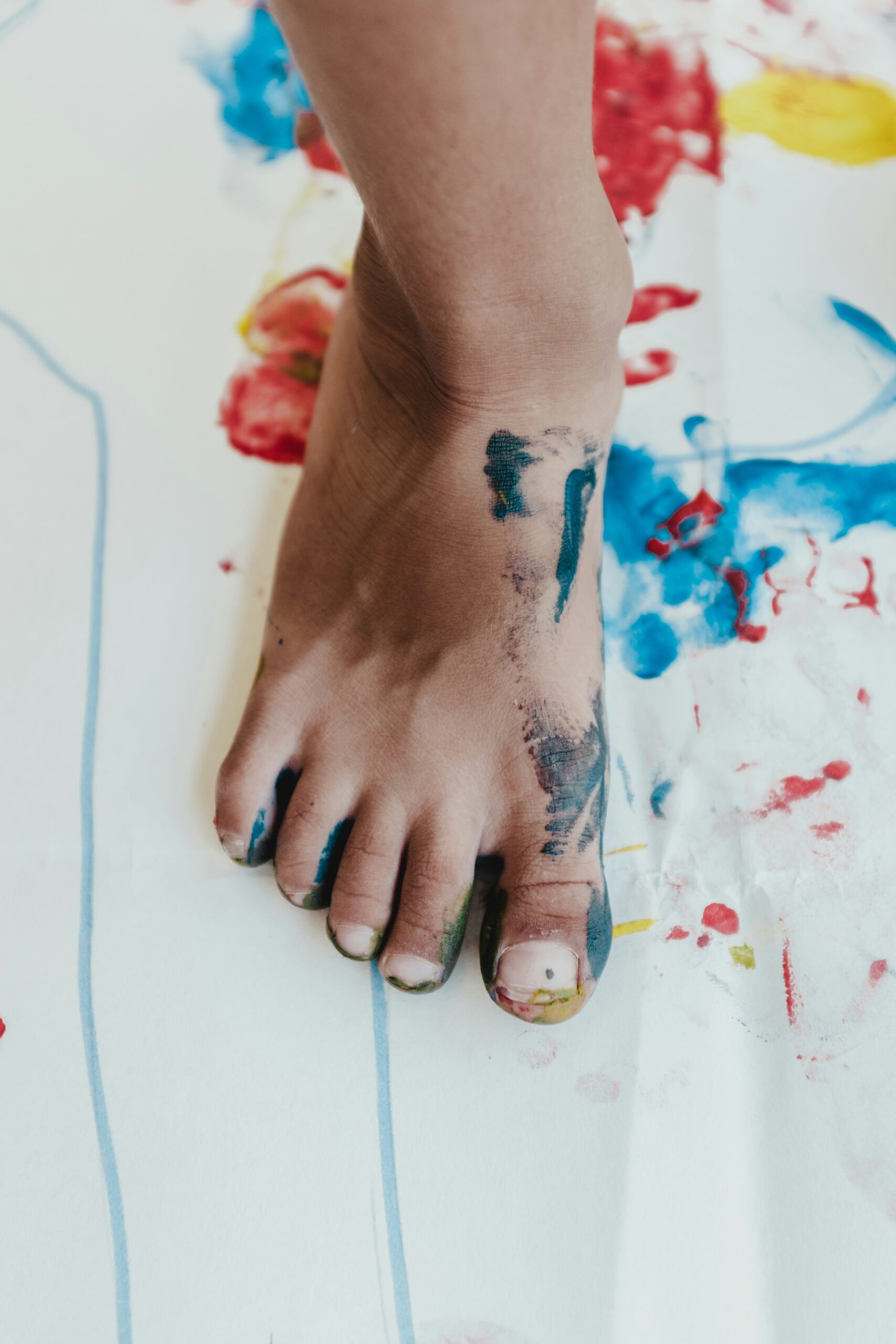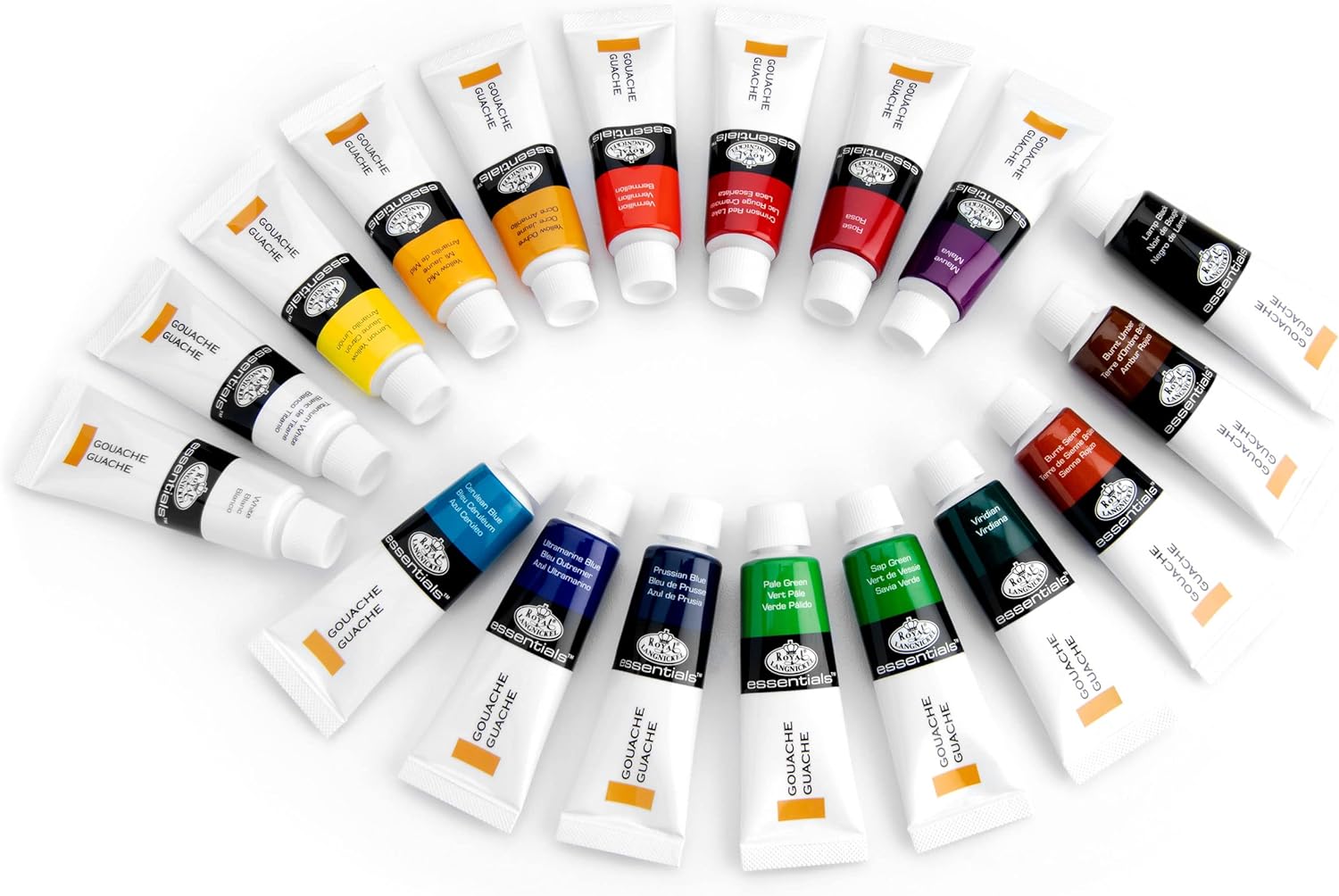Introduction
In the world of art, the medium of gouache painting provides artists with a versatile and vibrant method of creativity. Gouache, a type of opaque watercolor, offers rich pigments and the ability to layer colors to achieve depth and texture. Once a gouache painting is completed, the next step is finding the perfect frame to enhance and protect the artwork. In this guide, you will discover how to frame a gouache painting effectively to showcase your masterpiece with elegance and sophistication.
Understanding Gouache Painting
Before diving into the framing process, it is essential to understand the unique characteristics of gouache painting. Gouache is known for its vibrant colors and matte finish, making it a popular choice among artists for its versatility and adaptability. Unlike traditional watercolors, gouache is opaque due to the addition of white pigment, resulting in rich and bold hues.
Choosing the Right Frame
When it comes to framing a gouache painting, selecting the right frame is crucial in enhancing the overall presentation of the artwork. The frame should complement the style and aesthetic of the painting without overshadowing it. Opt for a frame that is simple and elegant, allowing the colors and details of the gouache painting to shine.
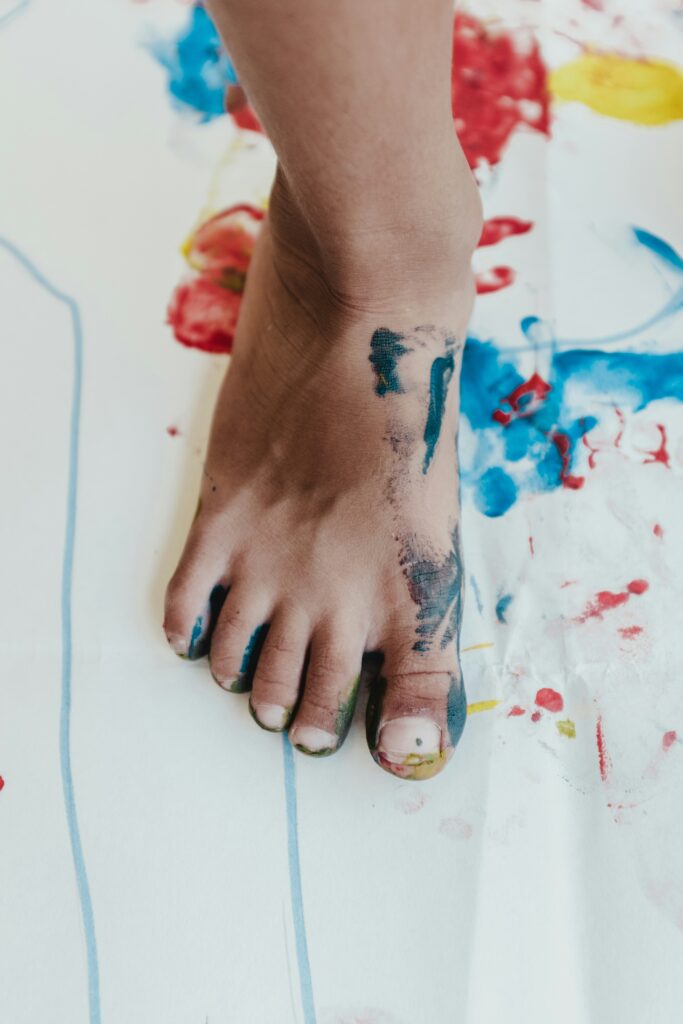
This image is property of images.unsplash.com.
Materials Needed
To frame a gouache painting successfully, gather the following materials:
- Gouache painting
- Frame
- Mat board
- Mounting tape or glue
- Glass or acrylic sheet
- Backing board
- Hanging hardware
- Dust cover and hanging wire
Purchasing the Frame
When choosing a frame for your gouache painting, consider the size, color, and style that will best complement the artwork. Opt for a frame that is sturdy and of good quality to provide adequate support and protection for the painting. Additionally, ensure that the frame has hardware for hanging, such as D-rings or wire.
Selecting the Mat Board
A mat board is essential for framing a gouache painting, as it provides a border between the artwork and the frame. Choose a mat board in a neutral color that complements the painting without distracting from it. The mat board should be acid-free to prevent damage to the artwork over time.
Acquiring the Glass or Acrylic Sheet
To protect the gouache painting from dust, dirt, and UV rays, it is essential to use a glass or acrylic sheet when framing the artwork. Opt for UV-protected glass or acrylic to prevent fading and discoloration of the painting over time. Ensure that the glass or acrylic sheet is the same size as the frame to create a seamless presentation.
Framing Process
Once you have gathered all the necessary materials, follow these steps to frame a gouache painting effectively:
Step 1: Prepare the Painting
Before framing the gouache painting, ensure that it is completely dry to prevent any smudging or damage. If needed, gently clean the surface of the painting with a soft brush or cloth to remove any dust or debris. Handle the painting with care to avoid smudges or fingerprints.
Step 2: Attach the Painting to the Mat Board
Using mounting tape or glue, carefully attach the gouache painting to the mat board. Ensure that the painting is centered on the mat board and that there are no wrinkles or bubbles in the paper. Allow the adhesive to dry completely before moving on to the next step.
Step 3: Place the Glass or Acrylic Sheet
Position the glass or acrylic sheet over the painting and mat board, ensuring that it fits snugly within the frame. The glass or acrylic sheet will protect the painting from dust, dirt, and UV rays, preserving its vibrant colors and details. Be gentle when handling the glass to avoid any scratches or damage.
Step 4: Assemble the Frame
Carefully place the painting, mat board, and glass or acrylic sheet into the frame, ensuring that everything is centered and aligned correctly. Secure the back of the frame with clips or screws to hold the components in place. Check that the frame is sturdy and that the painting is secure before proceeding.
Step 5: Attach the Backing Board
Once the painting is securely in place, attach the backing board to the frame to enclose the artwork. The backing board provides additional support and protection for the gouache painting, preventing dust and debris from entering the frame. Ensure that the backing board is secure and fits snugly within the frame.
Step 6: Add Hanging Hardware
Attach hanging hardware, such as D-rings or wire, to the back of the frame to prepare the gouache painting for hanging. The hanging hardware should be securely attached and able to support the weight of the frame and painting. Check that the hardware is level and evenly spaced for proper hanging.
Step 7: Secure Dust Cover
To finish the framing process, add a dust cover to the back of the frame to protect the artwork from dust and debris. The dust cover should be made of acid-free paper or fabric and securely attached to the frame to prevent any contaminants from entering. Ensure that the dust cover is smooth and free of wrinkles.
Step 8: Ready to Hang
Once you have completed the framing process, your gouache painting is now ready to be hung and displayed with pride. Choose a suitable location to showcase your artwork, taking into consideration factors such as lighting and humidity. Hang the painting securely using the hanging hardware provided, ensuring that it is level and centered.
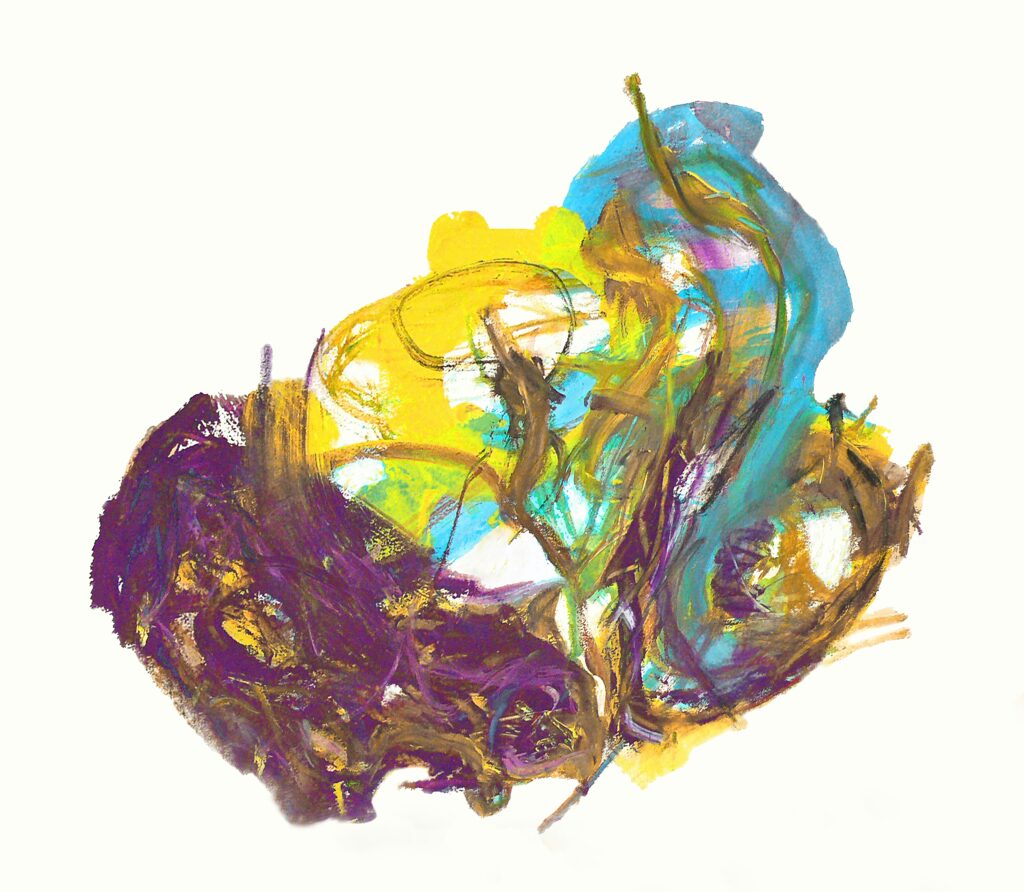
This image is property of images.unsplash.com.
Maintenance and Care
To ensure the longevity and preservation of your framed gouache painting, follow these maintenance and care tips:
Displaying the Painting
Choose a location to display your gouache painting that is free from direct sunlight, humidity, and temperature fluctuations. Excessive light and moisture can cause the colors to fade and the paper to deteriorate over time. Consider using UV-protected glass or acrylic to further prevent damage from light exposure.
Cleaning the Frame
Regularly dust the frame of your gouache painting using a soft brush or cloth to remove any dirt or debris. Avoid using cleaning solutions or water near the artwork, as these can cause damage to the painting and frame. Be gentle when cleaning the frame to prevent scratches or abrasions.
Handling the Painting
When handling your framed gouache painting, use caution and avoid touching the surface of the painting directly. Oils and dirt from your hands can transfer to the paper, causing stains and discoloration. To prevent damage, hold the frame by the edges and avoid pressing or rubbing the surface of the painting.
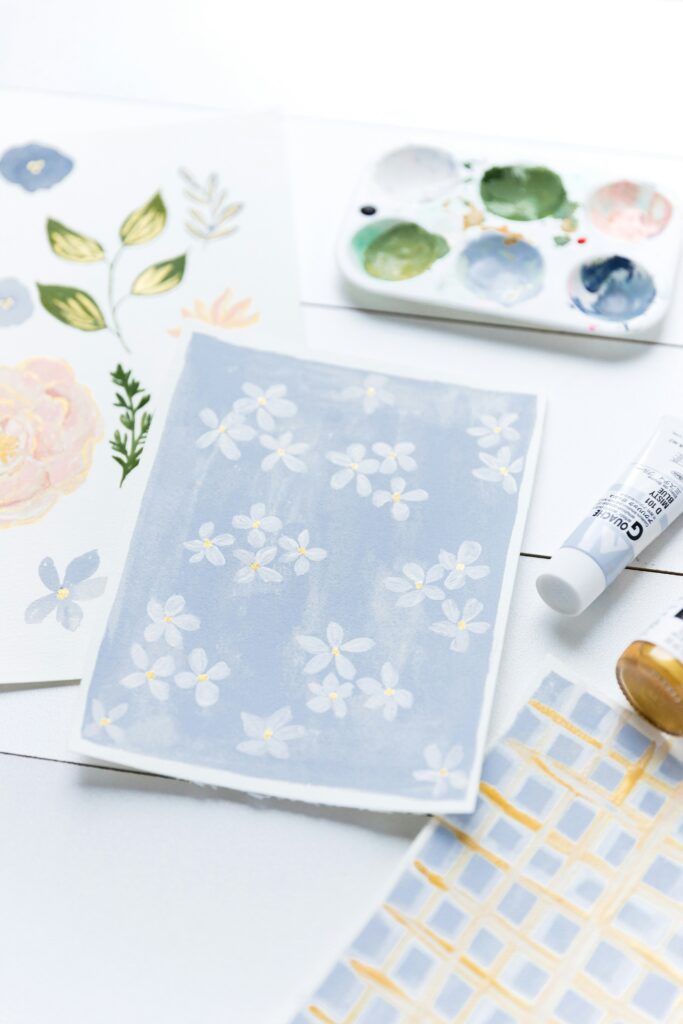
This image is property of images.unsplash.com.
Conclusion
Framing a gouache painting involves careful consideration of materials, techniques, and maintenance to ensure that the artwork is showcased beautifully and protected for years to come. By following the steps outlined in this guide, you can frame your gouache painting with professionalism and precision, allowing the vibrant colors and intricate details to shine. Remember to choose a frame that complements the style of the painting, use quality materials for protection, and display your artwork in a suitable location to maximize its impact. Enjoy the process of framing your gouache painting and share your creative masterpiece with confidence.

